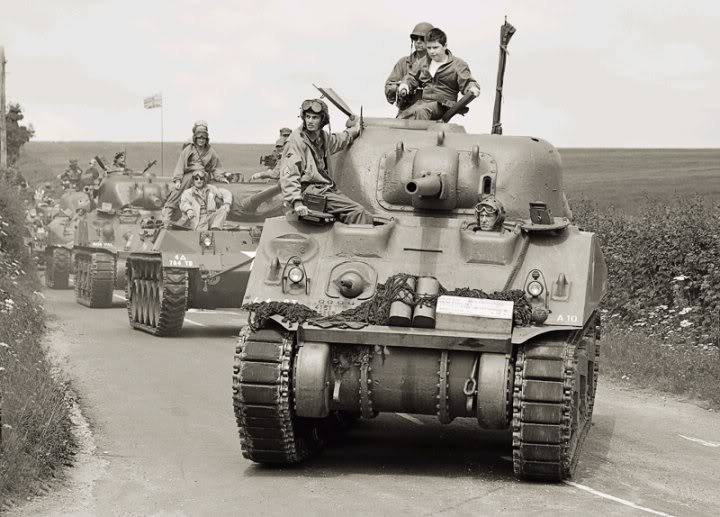From the very first moment that the earliest tanks rolled onto the battlefield in the First World War, they forever changed the way ground battles would be fought. So too did the introduction of the first real machine guns, which cut down infantrymen in swathes on the battlefields of France from 1914 to 1918.
By the time the Second World War began in 1939, both tanks and machine guns had been refined and perfected in design and efficiency. The tanks used in WWII were a lot more agile than those that had been used in WWI, while the various types of guns mounted on the later tanks became more diverse in type and more maneuverable.
Often, guns that earned a fearsome reputation on the battlefield would find their way onto tanks. One example of this was the M2 Browning machine gun, which was mounted on some M4 Sherman tanks – as seen in a scene from the WWII-themed TV show Band of Brothers.
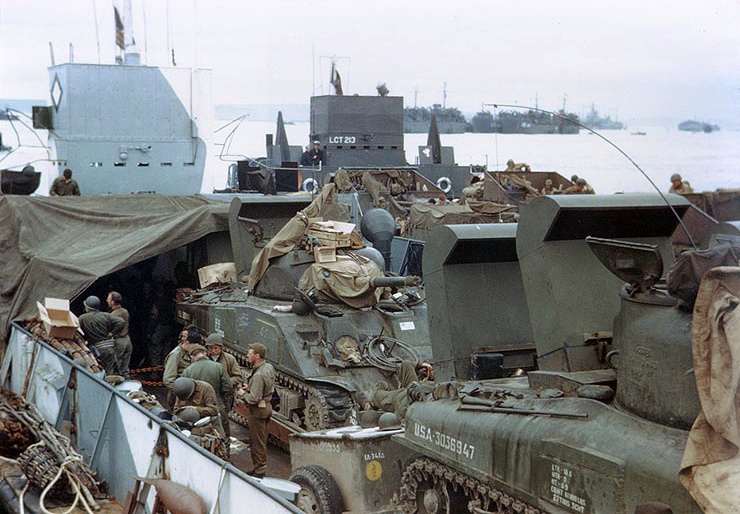
In the scene in question, a soldier is seen firing the M2 Browning during an attack. This was actually done in ground combat situations in WWII, but was perhaps not as common as TV shows make it out to be.
While the scene in Band of Brothers depicts a soldier using the Browning for a ground assault, one of the main reasons the .50 caliber machine guns were mounted on the Shermans was for anti-aircraft purposes. To understand why this was done, one needs to have a look at both the M2 Browning machine gun and the M4 Sherman tank in a little more depth.
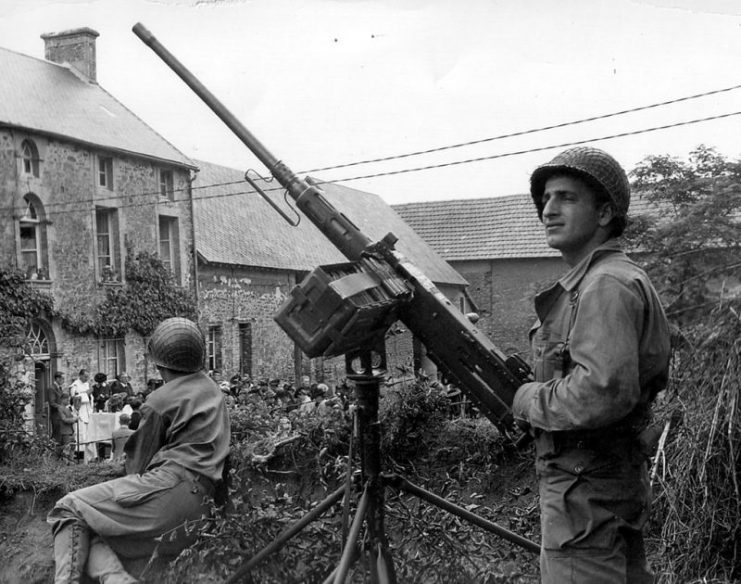
John Browning’s M2 Browning machine gun – known as “Ma Deuce” – is a .50 caliber machine gun first designed during the First World War, and manufactured from 1933 onward. It is still in use today, making it one of the longest-serving military firearm designs currently in use, second only to the Model 1911 .45 ACP semi-auto pistol, which was also designed by John Browning.
Its potent .50 caliber BMG round is well suited to a number of applications, and is effective against lightly armored vehicles, low-flying aircraft, and infantry. It is a heavy gun, weighing 121 lb with water jacket or 84 lb without water jacket. Because of the recoil of the .50 round, it generally requires two hands to operate.
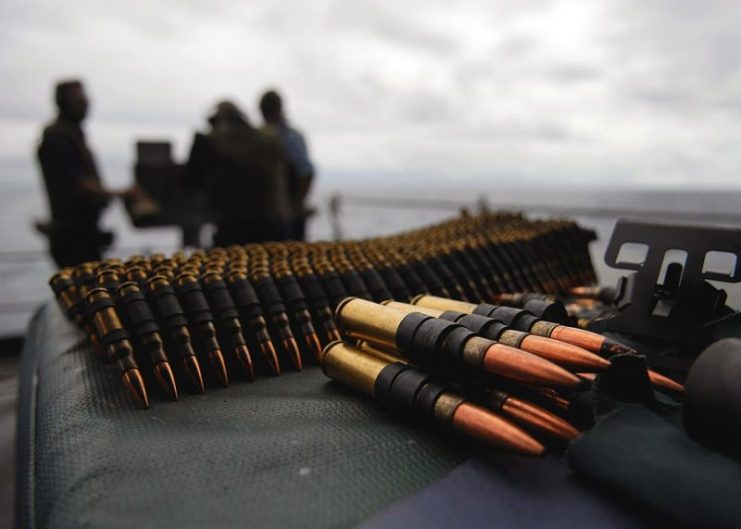
In WWII the M2 Browning saw extensive use, with American units operating these machine guns in their aircraft, on foot, and, of course, on tanks. The Germans loathed this gun for its effectiveness against their troops and the punch it packed against their lightly-armored vehicles.
One disadvantage of using the M2 guns, through, was that due to their size, the operator would usually have to stand and thus be exposed to enemy counter-fire. This was especially a problem when it came to the M2 Brownings mounted on tanks like the M4 Sherman.
The M4 Sherman tank itself, the most commonly used Allied medium tank in WWII, was legendary for its maneuverability, reliability, and effectiveness against Axis tanks. It provided adequate protection for its occupants against small arms fire, but if any of the operators wanted to use the M2, they would have to essentially leave the protection of the tank to do so, exposing themselves to enemy fire.
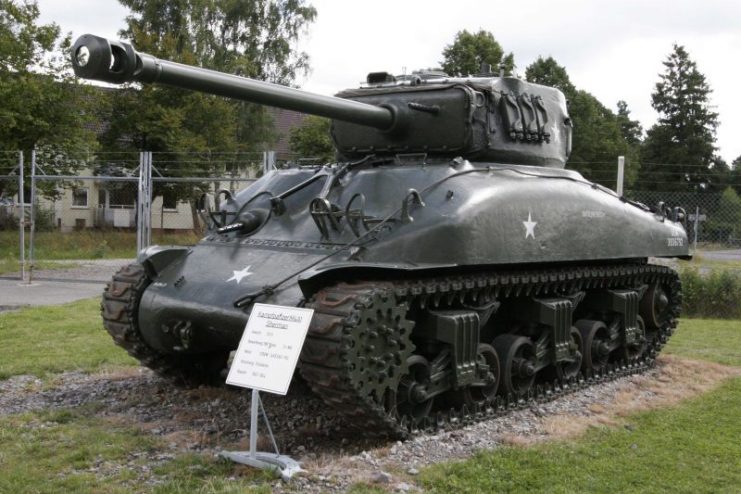
While the M2 on the Shermans was supposed to be for anti-aircraft defense and could prove useful in certain circumstances, tank operators often weren’t happy with where it was mounted due to the disadvantages of the mounting position. Not only was the operator exposed to enemy fire, but it also affected the tank’s mobility, snagging on tree limbs or other things the tank was driving past or through.
Some tank crews repositioned it to be better used as an anti-personnel weapon, while others simply removed the gun completely. So although it was intended for anti-aircraft defense, in reality this was not how the M2 was actually used on the M4 Shermans. Indeed the tanks with the Browning mounted on them didn’t really get many opportunities to use these guns in an anti-aircraft capacity.
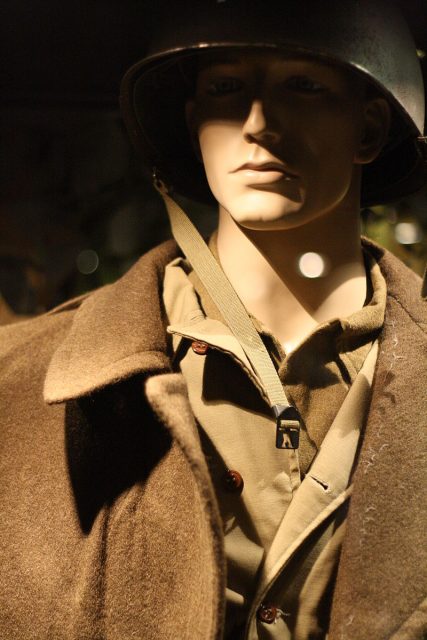
So, while the scene in Band of Brothers does depict an act that was a reality of the Second World War, using the .50 caliber gun mounted on tanks during an assault was something that wasn’t extremely widespread.
Realizing that there was a need for a good anti-personnel weapon on their tanks, but being dissatisfied with the M2 for whatever reason, some Sherman tank crews replaced it with a .30 caliber machine gun, which had advantages in its lightness, ease of operation, and the fact that the operator could be given more cover.
Read another story from us: Guns and Money, a WW2 Price List; Rifles and Machine-guns
The use and mounting position of the M2 Browning .50 caliber on M4 Sherman tanks in WWII, and the subsequent removal, repositioning, or replacement of the gun by many Sherman crews demonstrates how some military designs might work on paper and in theory, but need the kind of refinement that only battlefield experience can provide in order to be polished and perfected.
